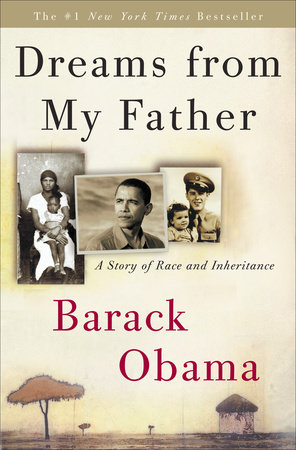Brass Ankles Speak
Essays by Alice Dunbar-Nelson
circa 1929
Alice Dunbar-Nelson (1875-1935)
Prefatory Note by Gloria T. Hull
Entitled “Brass Ankles Speaks” (Vol. 2, WADN), it is an outspoken denunciation of darker skinned black people’s prejudice against light-skinned blacks told by a “brass ankles,” a black person “white enough to pass for white, but with a darker family background, a real love for the mother race, and no desire to be numbered among the white race.” This brass ankles recalls her “miserable” childhood in “a far Southern city” where other schoolchildren taunted and plagued her because she was a “light nigger, with straight hair!” This kind of rebuff and persecution continued into a Northern college and her first teaching job:
Small wonder, then, that the few lighter persons in the community drew together; we were literally thrown upon each other, whether we liked or not. But when we began going about together and spending time in each other’s society, a howl went up. We were organizing a “blue vein” society. We were mistresses of white men. We were Lesbians. We hated black folk and plotted against them. As a matter of fact, we had no other recourse but to cling together.
And she states further that “To complain would be only to bring upon themselves another storm of abuse and fury.”
This essay was as close as Dunbar-Nelson ever got to revealing feelings about her own racial status as a “yaller nigger.” She tried to publish it, but would not or could not do so under her own name, and the magazine editor refused to print it pseudonymously.
Brass Ankles Speaks (circa 1929)
The “Race” question is paramount. A cloud of books, articles and pronunciamentos on the subject of the white man or girl who “passes” over to the other side of the racial fence, and either entirely forsakes his or her own race, to live in terror or misery all their days, or else come crawling back to do uplift work among their own people, hovers on the literary horizon. On the other hand, there is an increasing interest and sentimentality concerning the poor, pitiful black girl, whose life is a torment among her own people, because of their “blue vein” proclivities. It seems but fair and just now for some of the neglected light-skinned colored people, who have not “passed” to rise and speak a word in self-defense.
I am of the latter class, what E. C. Adams in “Nigger to Nigger” immortalizes in the poem, “Brass Ankles.” White enough to pass for white, but with a darker family background, a real love for the mother race, and no desire to be numbered among the white race.
My earliest recollections are miserable ones. I was born in a far Southern city, where complexion did, in a manner of speaking, determine one’s social status. However, the family being poor, I was sent to the public school. It was a heterogeneous mass of children which greeted my frightened eyes on that fateful morning in September, when I timidly took my place in the first grade. There were not enough seats for all the squirming mass of little ones, so the harassed young, teacher—I have reason to believe now that this was her first school—put me on the platform at her feet. I was so little and scared and homesick that it made no impression on me at the time. But at the luncheon hour I was assailed with shouts of derision—“Yah! Teacher’s pet! Yah! Just cause she’s yaller!” Thus at once was I initiated into the class of the disgraced, which has haunted and tormented my whole life— “Light nigger, with straight hair!”
This was the beginning of what was for nearly six years a life of terror, horror and torment. For in this monster public school, which daily disgorged about 2,500 children, there were all shades and tints and degrees of complexions from velvet black to blonde white. And the line of demarcation was rigidly drawn—not by the fairer children, but by the darker ones. I had no color sense. In my family we never spoke of it. Indian browns and cafe au laits, were mingled with pale bronze and blonde yellows all in one group of cousins and uncles and aunts and brothers and sisters. For so peculiarly does the Mendelian law work in mixed bloods, that four children of two parents may show four different degrees of mixture, brown, yellow, tan, blonde.
In the school, therefore, I felt at first the same freedom concerning color. So I essayed friendship with Esther. Esther was velvet dark, with great liquid eyes. She could sing, knew lots of forbidden lore, and brought lovely cakes for luncheon. Therefore I loved Esther, and would have been an intimate friend of hers. But she repulsed me with ribald laughter—“Half white nigger! Go on wid ya kind!”, and drew up a solid phalanx of little dark girls, who thumbed noses at me and chased me away from their ring game on the school playground…
Read the entire essay here.



